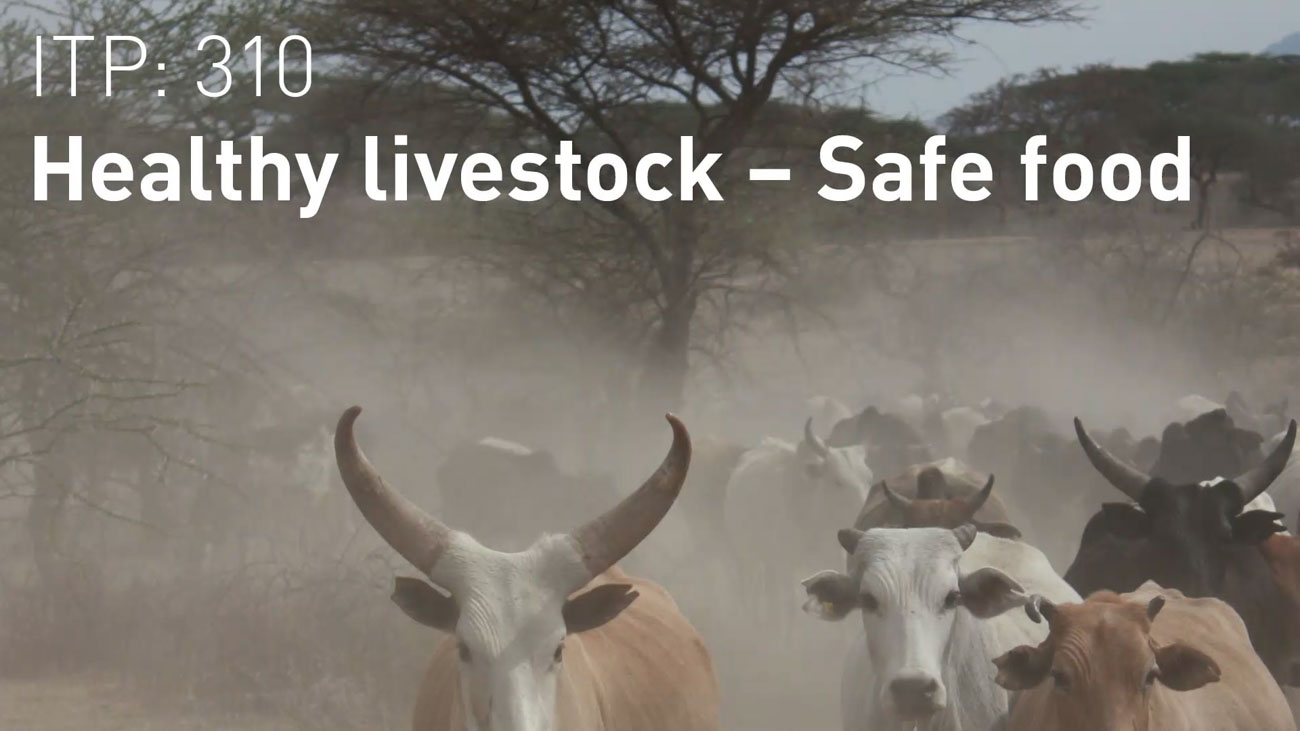ITP: Healthy livestock – safe food
The international training programme (ITP) Healthy livestock – safe food integrates animal health and food security while exploring several value chains from farm to fork.

The overall objective of the programme is to reduce poverty and vulnerability among smallholder farmers. More specifically, the programme addresses how improved health in food producing animals can impact a sustainable and safe production of animal derived products, including how this interrelates to a reduced usage of antimicrobials.
The programme is a part of the Swedish International Development Agency’s (Sida) work with capacity and institutional development for low-and middle-income countries in priority areas.
The ITP programme Healthy livestock – safe food is planned and implemented by several Swedish governmental authorities in cooperation: the Swedish Veterinary Agency, the Swedish Board of Agriculture and the Swedish University of Agricultural Sciences. Partner countries are Burundi, Kenya, Rwanda, Tanzania, Uganda, Zambia, and Zimbabwe.
Last reviewed 12/05/2025

